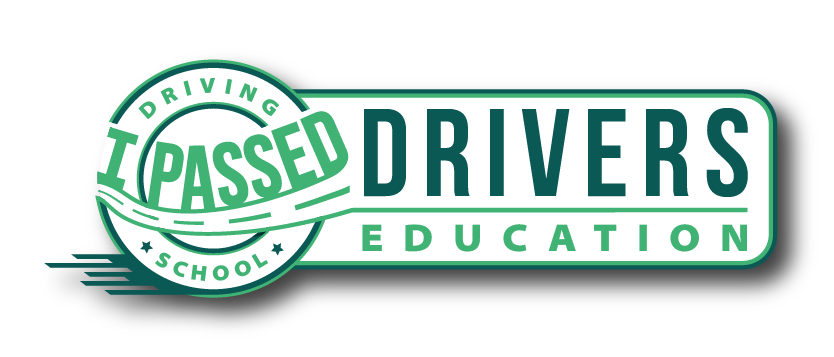Contents
Driving laws have changed considerably in the last couple of decades. Many years ago, it was possible for teenagers to begin driving legally at a much younger age. This is mainly because they were often required to operate heavy farm machinery, and it wasn’t practical for families to have dad run across nine acres to drive the tractor across the road.
Today, with the enormous traffic levels and the emphasis on safety after several high profile accidents involving teen drivers, the rules for getting a license are quite a bit stricter. The legal driving age has been raised to 18, and the legal process for obtaining training and a permit at a driving school in Anaheim is now much more formalized
Permits and Licenses
Generally speaking, drivers under the age of 17.5 are provisional and operate motor vehicles under what used to be called a “learner’s permit.” They can begin taking driver education courses at 15.5 years at an Anaheim driving school, but must wait until they turn 16 to obtain the permit itself.
The difference between then and now is that learner’s permit holders have several restrictions on their privileges. They can’t drive with passengers under the age of 20 except under specific emergency circumstances or if it is related to their employment or school. Teens also cannot drive after 11 PM or before 5 AM. Unlike other drivers, teenagers do not get an exception for hands-free mode when it comes to using mobile technology in their cars. The law now forbids the use of any talk or text options on any mobile device until they reach the age of 18.
Testing
The driver’s education and behind-the-wheel training requirements must all be completed at a teen driving school before a driver is permitted to take their DMV-authorized road test. A student is required to maintain a permit for at least six months. They must also complete at least 50 hours of behind-the-wheel training before they are eligible to take the road test.
These requirements are designed to correspond to the schedule most drivers adhere to when starting the permit process. If they begin their driver education at 15.5 years, they will be eligible to take the road test and obtain their license at 16.
Older applicants do not have the strict educational requirements that younger drivers must follow. At 17.5 years, a driver can apply for a permit without completing the educational qualification and can obtain a license at 18 under the same conditions.
Reasoning
It is a statistical fact that teenagers cause many more accidents than other age categories of drivers. It is believed that a more stringent educational and testing regimen combined with restrictions on passengers, driving hours, and the use of mobile devices will eliminate the most common causes of accidents.


